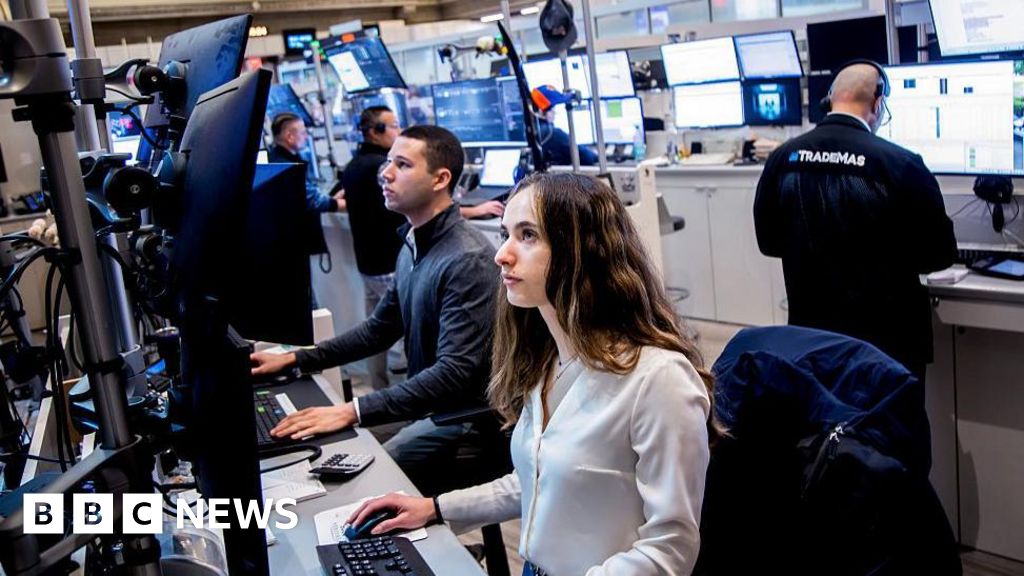How DOGE used AI to reshape the government in just 100 days

Elon Musk’s Department of Government Efficiency has torn through Washington at breakneck speed. During the first 100 days of President Donald Trump’s second term, DOGE has played a central role in cutting more than 200,000 federal jobs. The organization has over that same time implemented aggressive cost-cutting measures (including to foreign food aid and medical research), overhauled longtime government cybersecurity systems, and targeted federal diversity, equity, and inclusion programs for elimination.
Most of these changes have been driven, in part, by AI tools—a move that has sparked serious concerns among experts. Critics say the rushed, untested use of artificial intelligence could lead to wrongful firings, mishandling of sensitive data, and lasting damage to core public services.
“It’s misguided for us to think that people who control technology and the associated power levers are naive about AI’s capabilities,” says Julia Stoyanovich, director of the Center for Responsible AI at New York University. “And their goal is not to do things better, or to make it so that everything is more efficient; rather, their goal is just to reduce the size of government, to reduce government spending, and to do this in a way that is just disorienting to everybody in society.”
Musk, who said earlier this month he would step back from DOGE to focus more on Tesla after the EV maker posted a dismal quarterly earnings report, has advocated for deploying AI to boost government efficiency. In practice, that has meant feeding sensitive Department of Education data into AI systems to identify programs for elimination; pushing to use AI to reassess benefits programs at the Department of Veterans Affairs; creating a chatbot for the U.S. General Services Administration to analyze contract data; and deploying AI tools—including Grok, the chatbot developed by xAI, which Musk owns—to monitor federal employee communications for critical sentiment toward Musk or Trump.
According to one anonymous government official who spoke to The Washington Post in February, the end goal is something even more drastic: the replacement of “the human workforce with machines.” (Neither the White House nor DOGE responded to Fast Company’s requests for comment.)
To critics, such efforts represent a reckless and dangerous gamble. Experts warn that AI-driven government downsizing risks violating civil rights, mishandling some of the most sensitive personnel data in the country, and introducing hidden biases (even if accidentally) into critical decisions. As CNN reports, federal agencies, with their aging systems and complex missions, are ill-suited to abrupt automation, and without deep understanding of the underlying data, AI systems could misfire—cutting essential staffers and services based on flawed outputs.
David Evan Harris, a chancellor’s public scholar with the University of California, Berkeley, tells Fast Company there’s also a massive alarm bell going off around the question of data protection and whether DOGE is safeguarding the information it is plugging into outsize AI systems supplied by companies like Anthropic and Musk’s xAI.
“It’s very unclear what kinds of security protocols the DOGE team is using,” he says, “and if they are taking any steps to make sure that private data of government employees and U.S. citizens, and even confidential data about U.S. government programs is not being turned into training data or retained improperly by any of these AI companies that they’re working with.”
Perhaps even more concerning, as Harvard researchers Bruce Schneier and Nathan E. Sanders argued in The Atlantic in February, replacing federal civil servants with AI could fundamentally weaken democratic governance by concentrating executive power. As they see it, with fewer human workers exercising independent judgment, future leaders could reshape government agencies at the push of a button—sidestepping traditional checks and balances designed to prevent abuses of power.
Still, there are signs the momentum around DOGE may be shifting. This month, the American Civil Liberties Union filed a lawsuit against DOGE, seeking records about the agency’s use of AI across federal programs, citing concerns about mass surveillance and “politically motivated misuse.” Meanwhile, a group of Democratic lawmakers wrote a letter to Russell Vought, director of the Office of Management and Budget, demanding more information on DOGE’s AI practices.
And despite Musk’s sweeping promises, analyses suggest the agency’s impact has been overstated: According to recent estimates published by The New York Times, DOGE’s touted cost savings might not actually amount to much, given that all the agency-related firings, rehirings, and lost productivity will cost some $135 billion this fiscal year. Public sentiment appears to be souring as well: A recent Washington Post-ABC News-Ipsos poll found that 57% of Americans disapprove of Musk’s efforts with DOGE—a significant uptick over February, when 49% disapproved.
These factors might force a reckoning for DOGE, but time is short. Once AI is entrenched in government operations, undoing the damage could be even harder than preventing it. “The AI industry is famous right now for being locked in a race to the bottom and throwing caution to the wind so that they can launch products as fast as possible,” says Harris. “Combining that race to the bottom with DOGE’s race to use AI for anything they can possibly think of is really concerning.”
What's Your Reaction?
 Like
0
Like
0
 Dislike
0
Dislike
0
 Love
0
Love
0
 Funny
0
Funny
0
 Angry
0
Angry
0
 Sad
0
Sad
0
 Wow
0
Wow
0





























































































